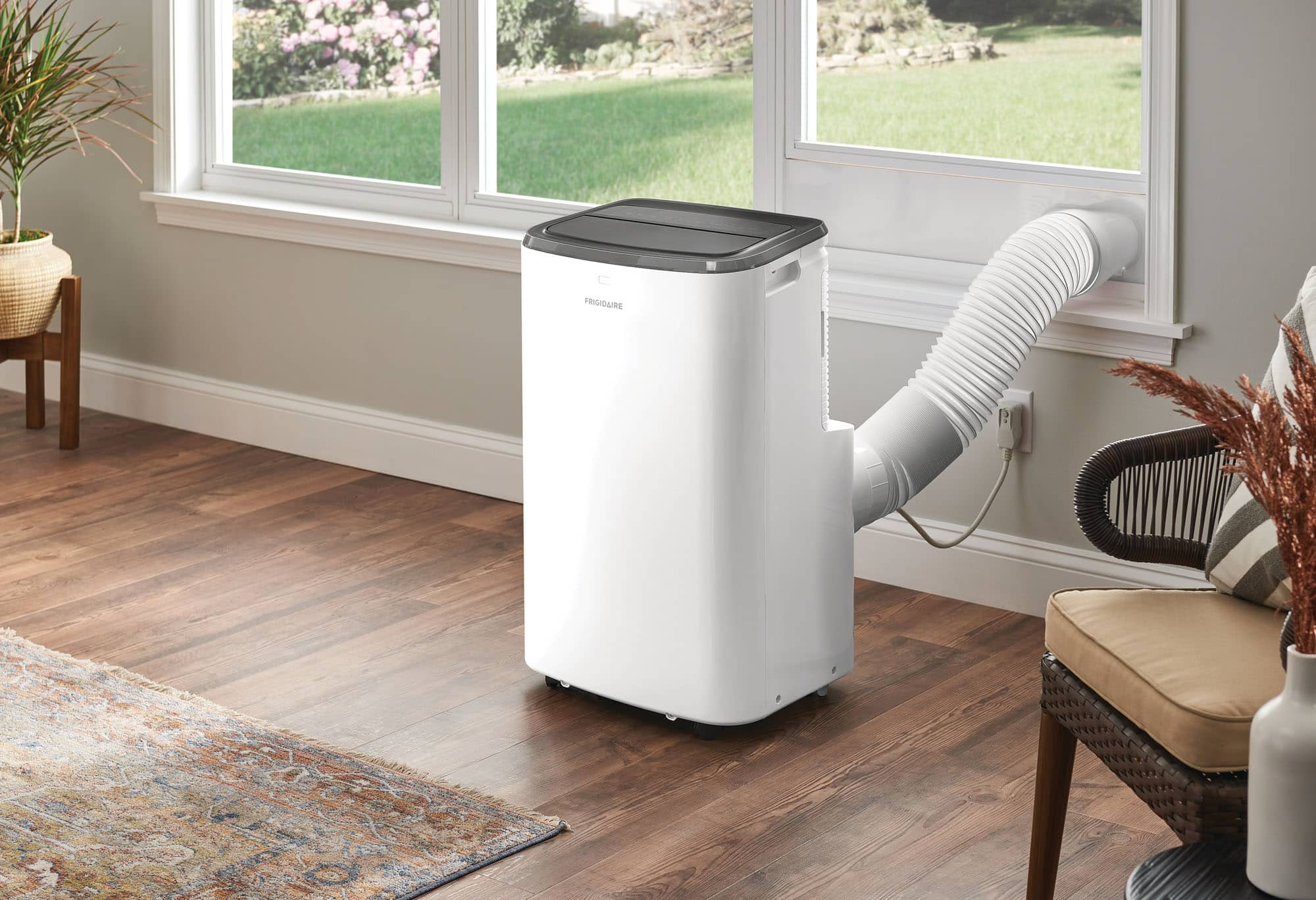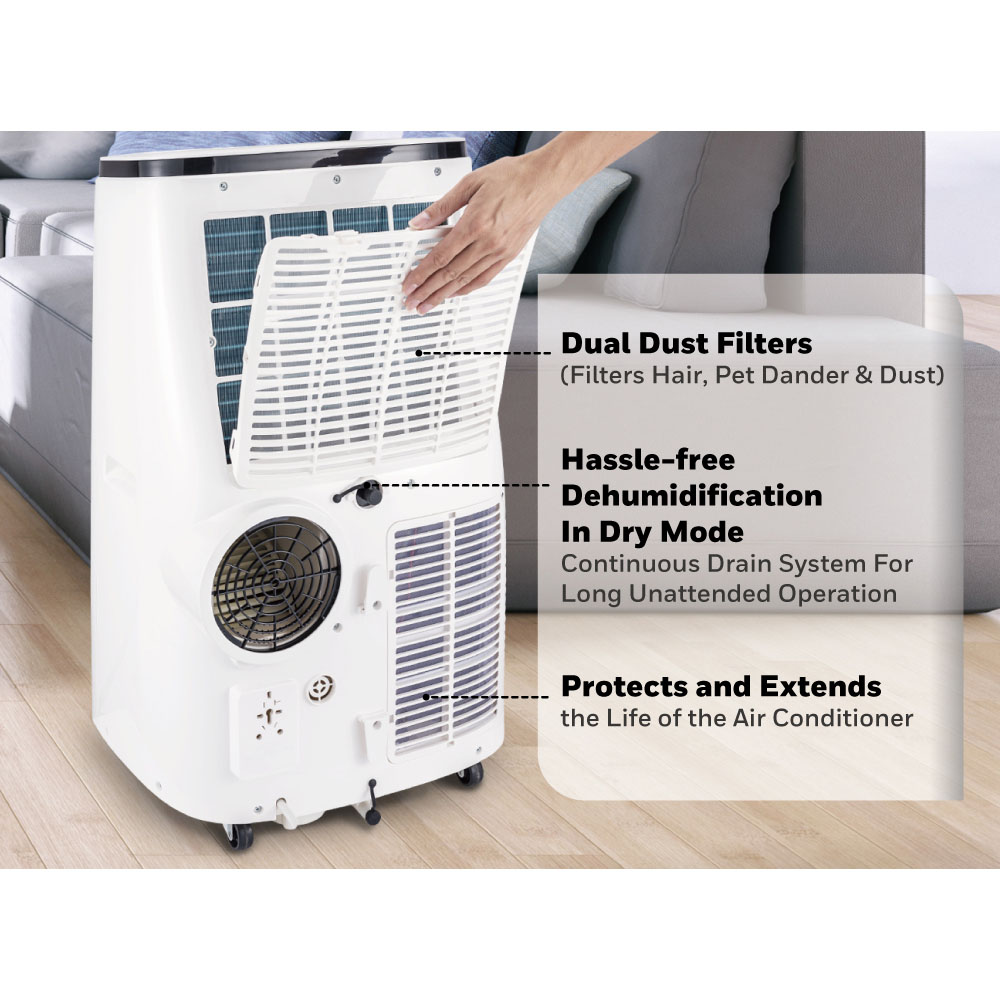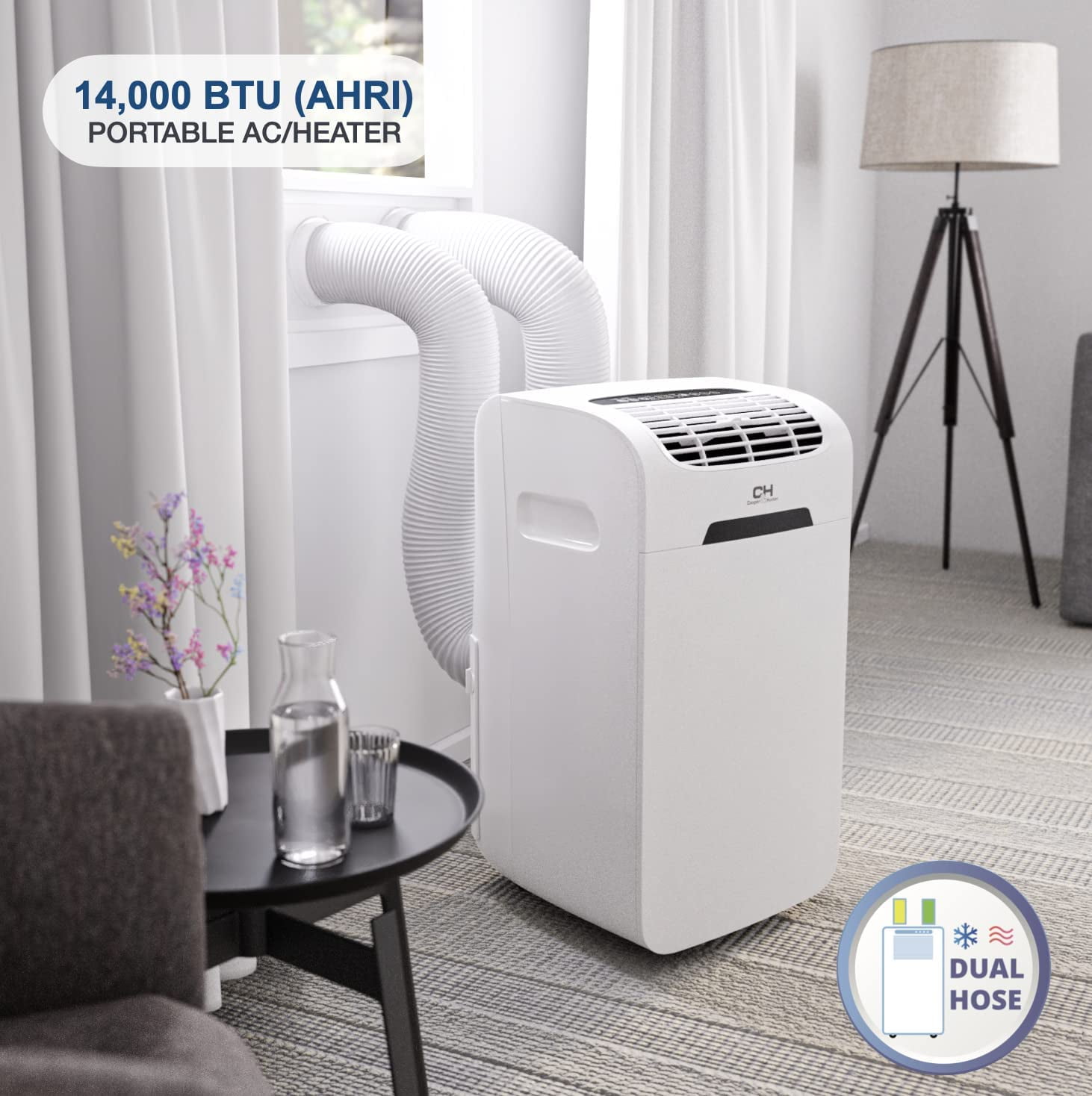Portable Ac For 100 Sq Ft Room

As summer temperatures surge, millions are seeking respite from the sweltering heat, turning to portable air conditioners as a flexible and cost-effective cooling solution. However, the market is flooded with options, and navigating the specifications to find the right unit for a specific space, particularly a small 100 square foot room, can be a daunting task. Inefficient cooling not only wastes energy but also impacts comfort and budgets, making informed decision-making crucial.
This article delves into the specifics of choosing a portable air conditioner for a 100 square foot room, examining key factors like BTU (British Thermal Units), energy efficiency, noise levels, and cost. We will explore the challenges of accurately sizing an AC unit, analyze performance data from independent testing organizations, and offer expert insights to guide consumers towards the most suitable and economical cooling option.
Understanding BTU and Room Size
The most critical factor in selecting a portable AC is its cooling capacity, measured in BTU. A common rule of thumb suggests 20 BTU per square foot, implying that a 100 square foot room would require a 2,000 BTU unit. However, this is a simplified calculation and doesn't account for other variables.
Factors such as ceiling height, insulation quality, window size and orientation, and the number of occupants significantly impact the cooling load. Rooms with high ceilings or facing direct sunlight will require a higher BTU rating.
Beyond the Basic Calculation
According to the U.S. Department of Energy, kitchens and rooms with multiple heat-generating appliances often need an extra 4,000 BTU. Overestimating the BTU rating can lead to short cycling, where the unit turns on and off frequently, wasting energy and reducing dehumidification effectiveness.
Undersizing, on the other hand, will result in the AC struggling to maintain a comfortable temperature, running continuously and consuming excessive energy. Balancing cooling capacity with room-specific characteristics is paramount for optimal performance and efficiency.
Energy Efficiency and Cost Considerations
Portable AC units can consume a significant amount of electricity, making energy efficiency a crucial consideration. The Energy Efficiency Ratio (EER) is a key metric, representing the ratio of cooling output to power input; a higher EER indicates greater efficiency.
Look for models with an EER of 9 or higher to minimize energy consumption and reduce utility bills. Energy Star certified models meet strict efficiency standards set by the Environmental Protection Agency (EPA) and offer guaranteed energy savings.
The initial purchase price is only one aspect of the total cost. Long-term expenses include electricity consumption, maintenance (such as filter cleaning), and potential repairs. Investing in a more efficient unit upfront can translate to significant savings over its lifespan.
Noise Levels: A Silent Concern
Portable air conditioners can be noisy, potentially disrupting sleep, work, or conversations. Noise levels are typically measured in decibels (dB), and lower dB ratings indicate quieter operation.
According to Consumer Reports, noise levels between 50 and 60 dB are generally considered acceptable for daytime use, while levels below 45 dB are preferable for bedrooms. Some models offer a "sleep mode" that reduces fan speed and noise output, promoting a more peaceful environment.
Consider reading online reviews and comparing noise level specifications before purchasing. Visiting a retail store to hear the unit in operation, if possible, is also advisable.
Installation and Maintenance
Portable AC units require proper installation to function effectively. Most models come with a window kit that allows you to vent hot air outside through a window opening.
Ensuring a tight seal between the window kit and the window frame is crucial to prevent hot air from leaking back into the room. Poor installation can negate the benefits of an efficient AC unit.
Regular maintenance, such as cleaning or replacing the air filter every few weeks, is essential for maintaining optimal performance and prolonging the lifespan of the unit. Neglecting maintenance can lead to reduced airflow, increased energy consumption, and potential breakdowns.
Expert Opinions and Recommendations
Experts recommend prioritizing energy efficiency and noise levels when selecting a portable AC for a small room. BTU calculations should be adjusted based on specific room characteristics, and investing in an Energy Star certified model is a smart choice.
"Don't just focus on the BTU rating; consider the EER and noise level. A slightly higher BTU unit with a better EER and lower noise output will often be the better choice in the long run," advises Mark Johnson, an HVAC specialist.
Consider the specific needs of the room and occupants when making your decision. If the room is primarily used for sleeping, prioritize a model with a quiet operation. If energy costs are a major concern, focus on models with high EER ratings.
The Future of Portable Air Conditioning
The market for portable air conditioners is expected to grow in the coming years, driven by increasing temperatures and a growing demand for flexible cooling solutions. Technological advancements are leading to more efficient, quieter, and smarter units.
We can expect to see more models with features like smart thermostats, app control, and improved filtration systems. These innovations will provide consumers with greater control over their indoor environment and reduce energy consumption.
Choosing the right portable AC for a 100 square foot room requires careful consideration of BTU, energy efficiency, noise levels, and installation. By understanding these factors and consulting expert recommendations, consumers can make informed decisions that ensure comfortable and cost-effective cooling for years to come. The ideal unit is one that balances performance, efficiency, and user experience, tailored to the specific needs of the space and its occupants.














![Portable Ac For 100 Sq Ft Room Buy Dual Hose Portable Air Conditioner, [2024 Upgraded] Full DC](https://m.media-amazon.com/images/I/61KzT-Jh7hL.jpg)



